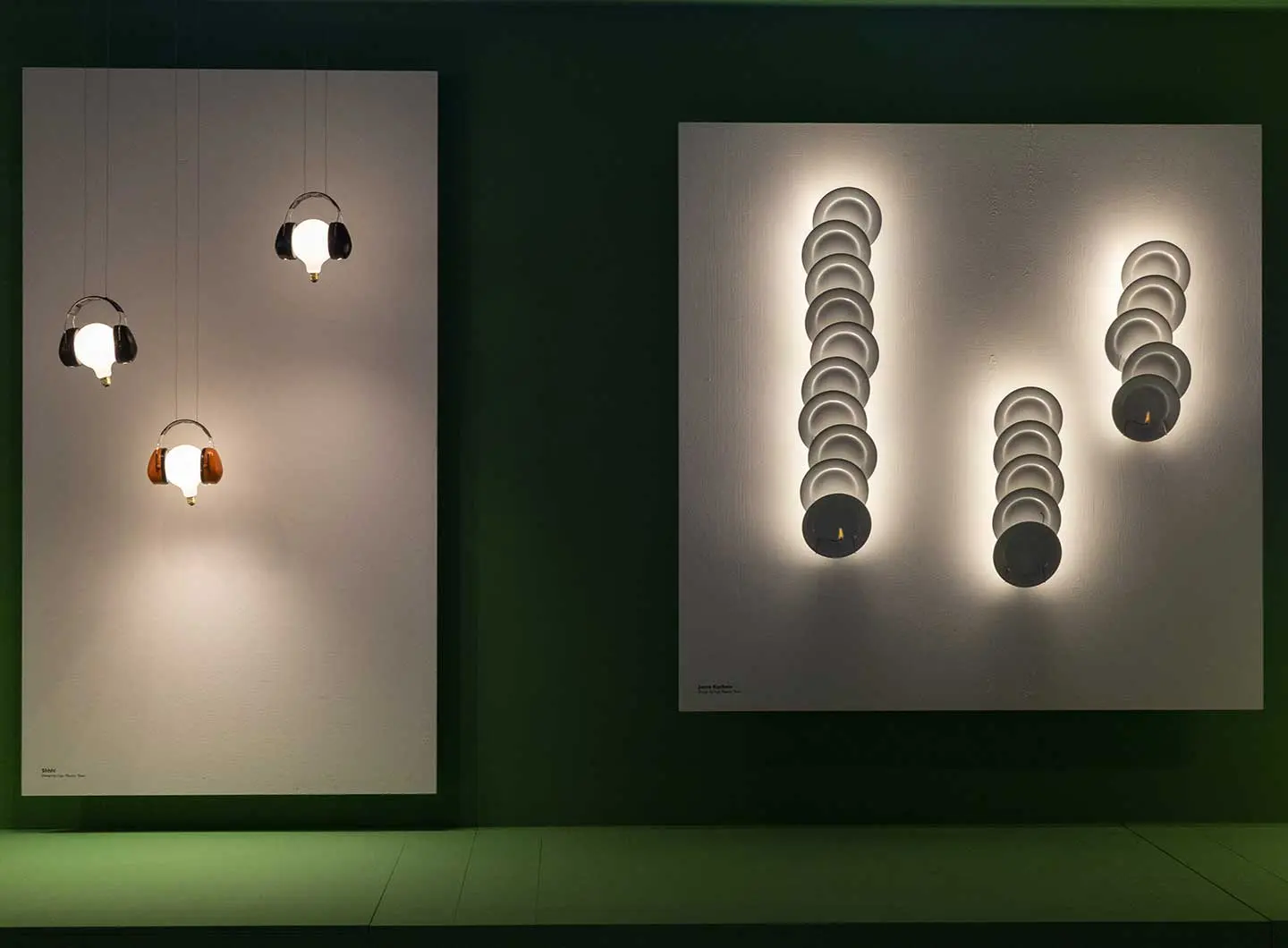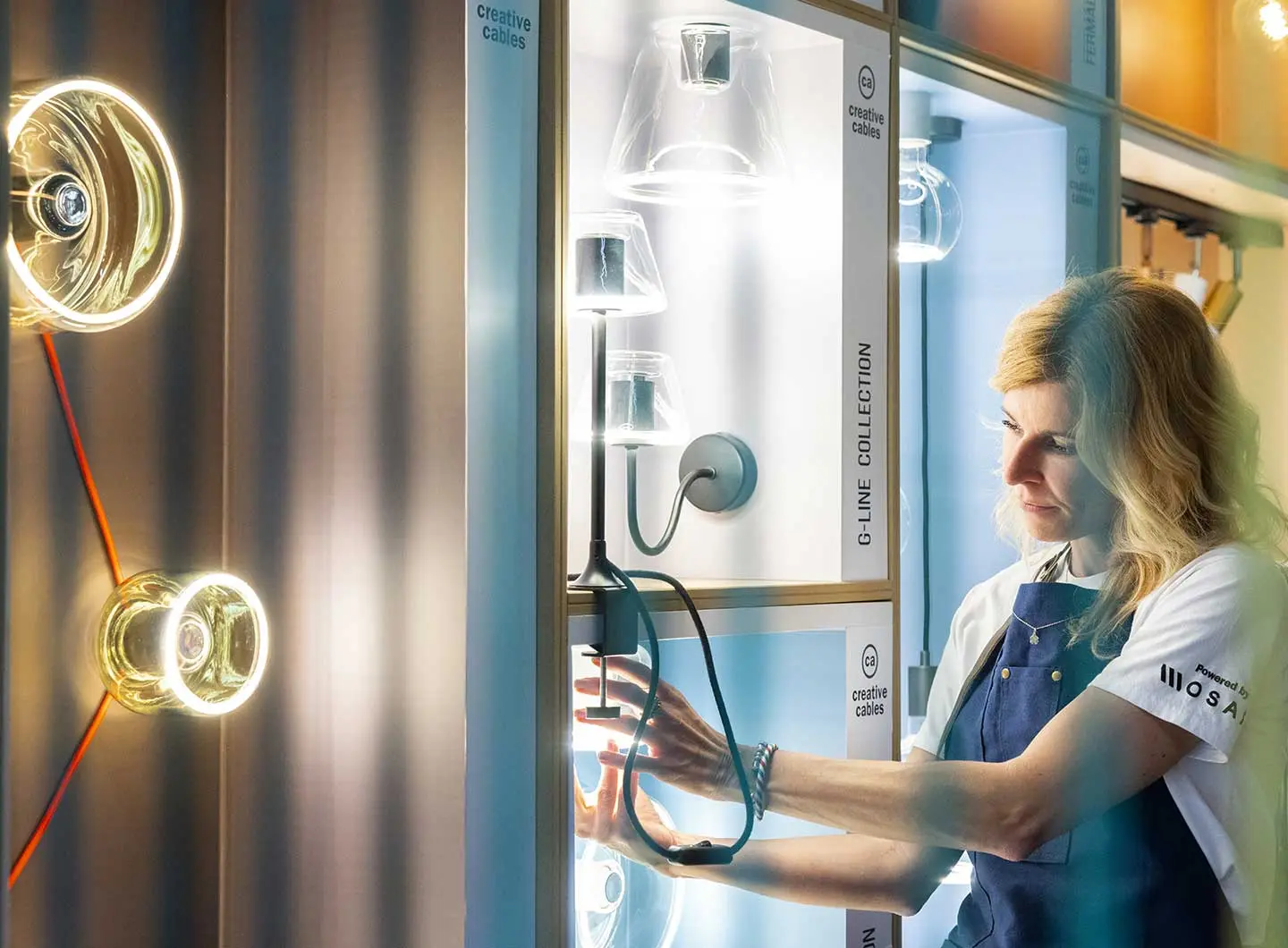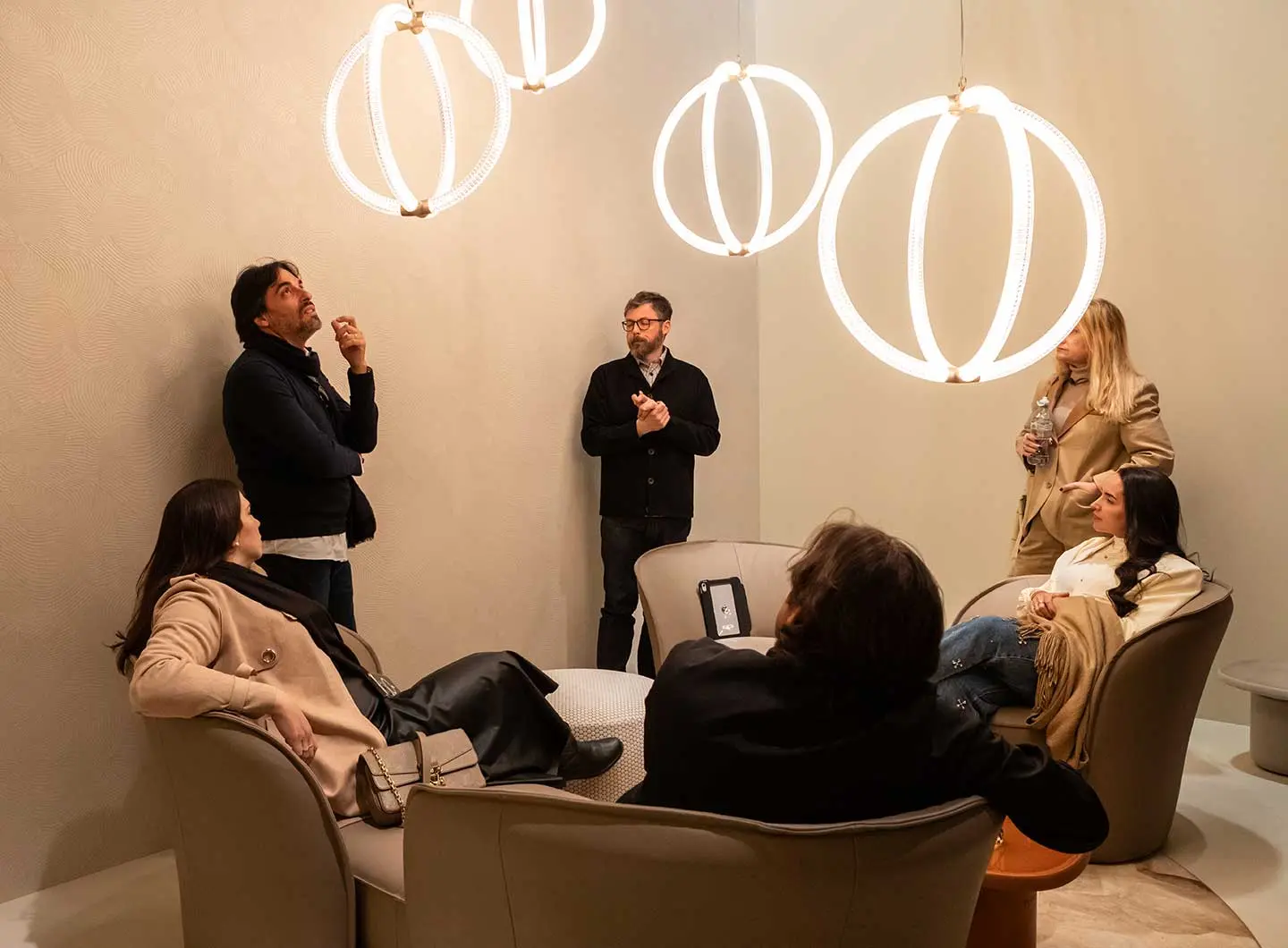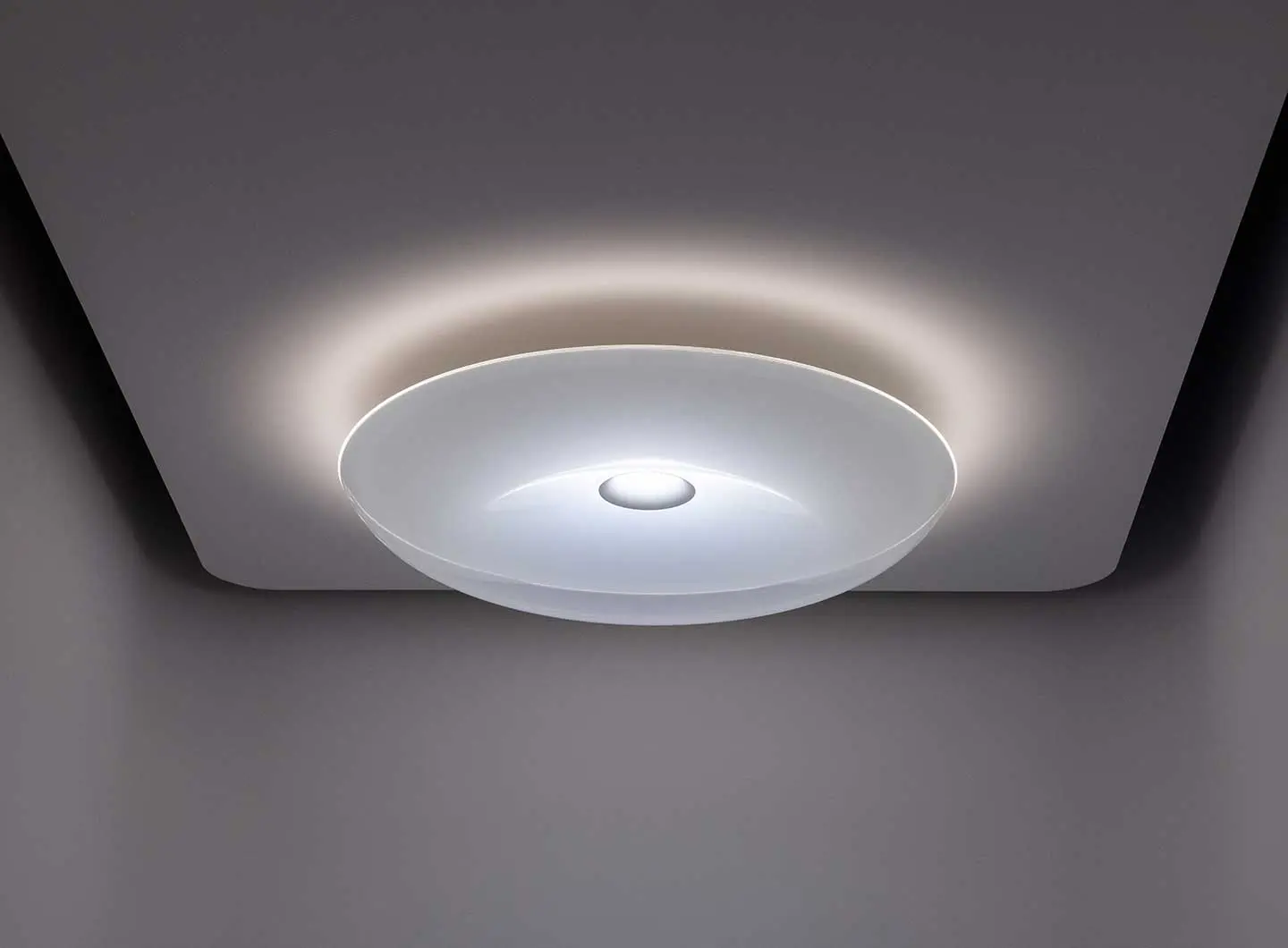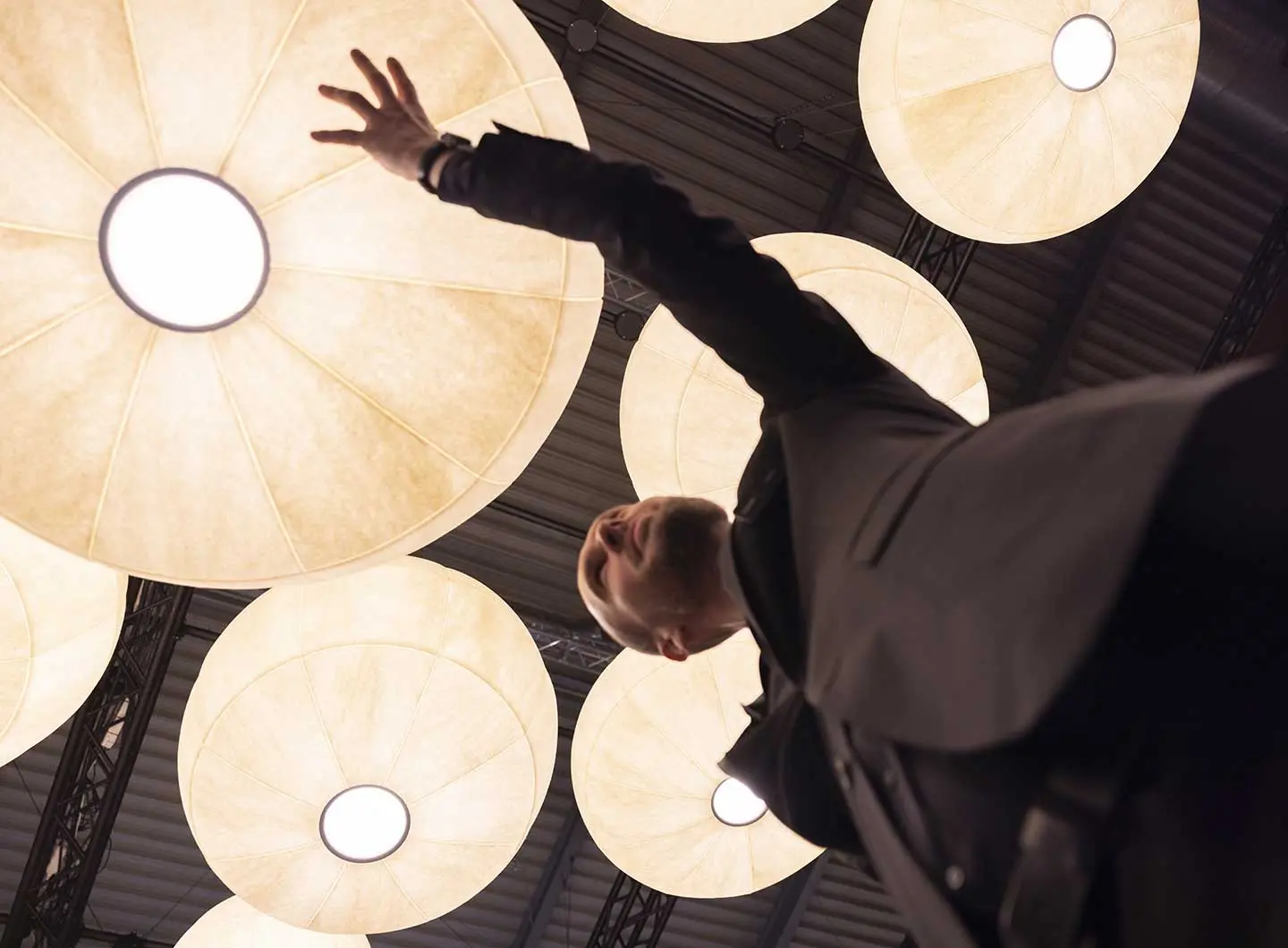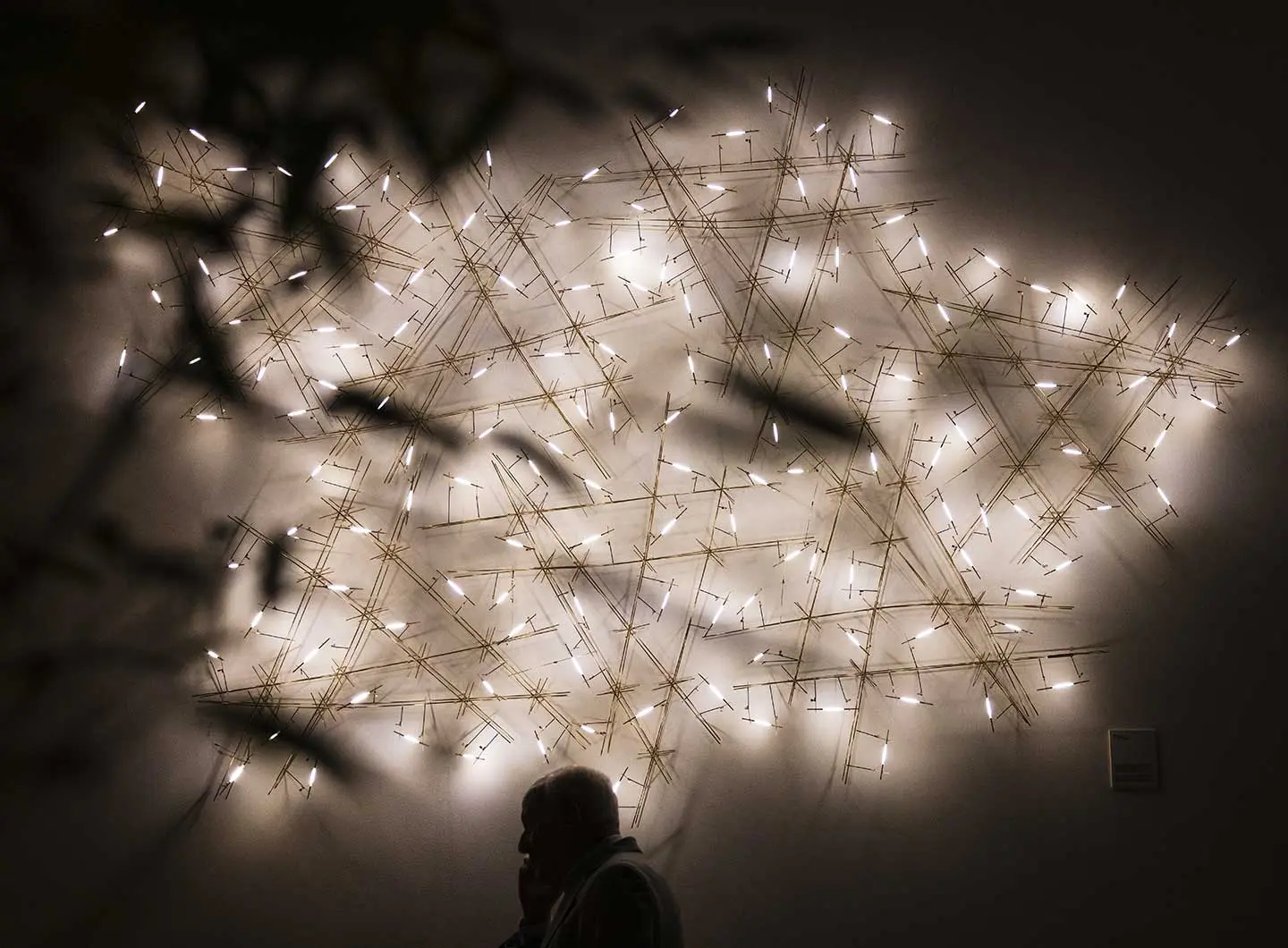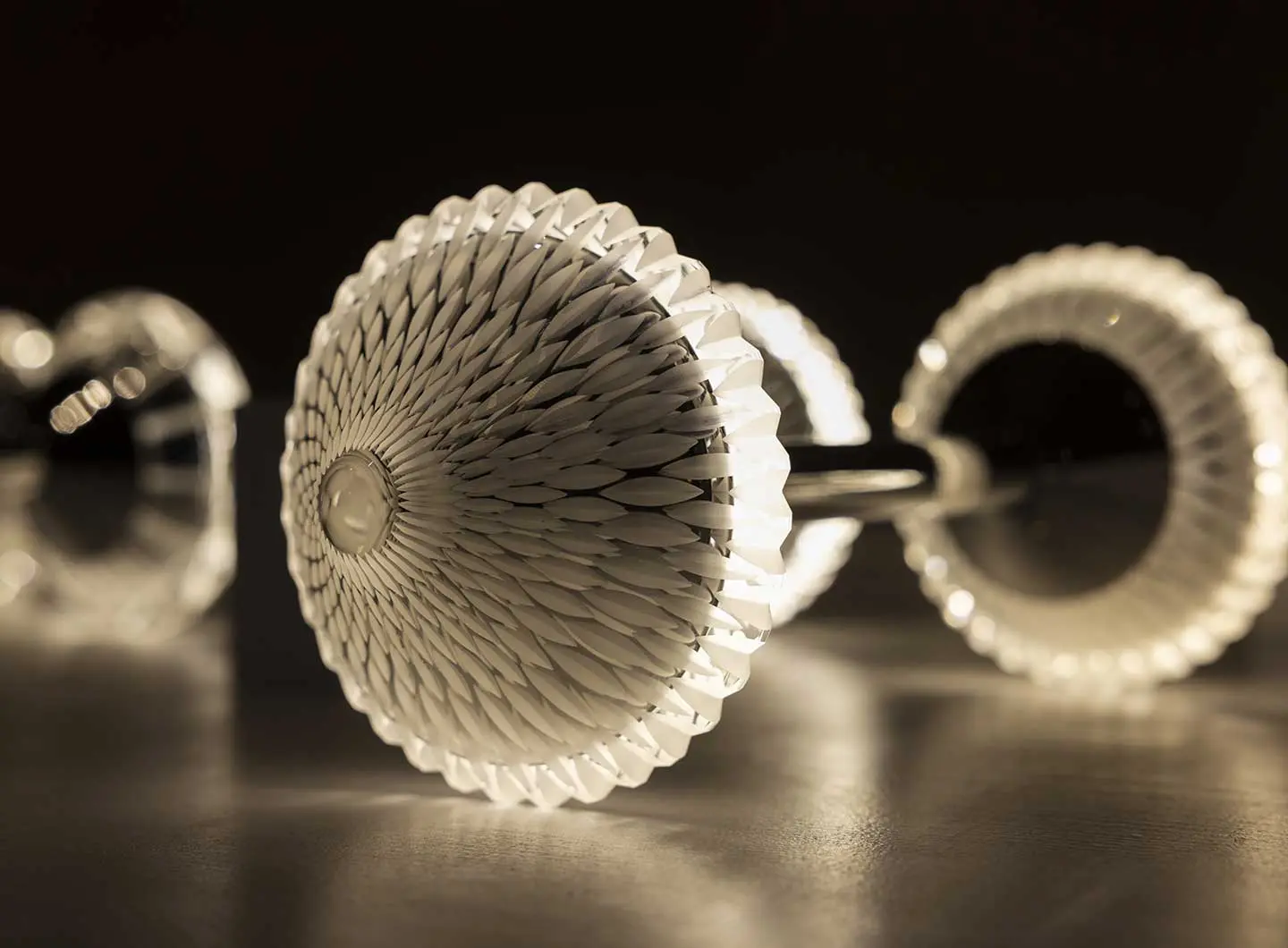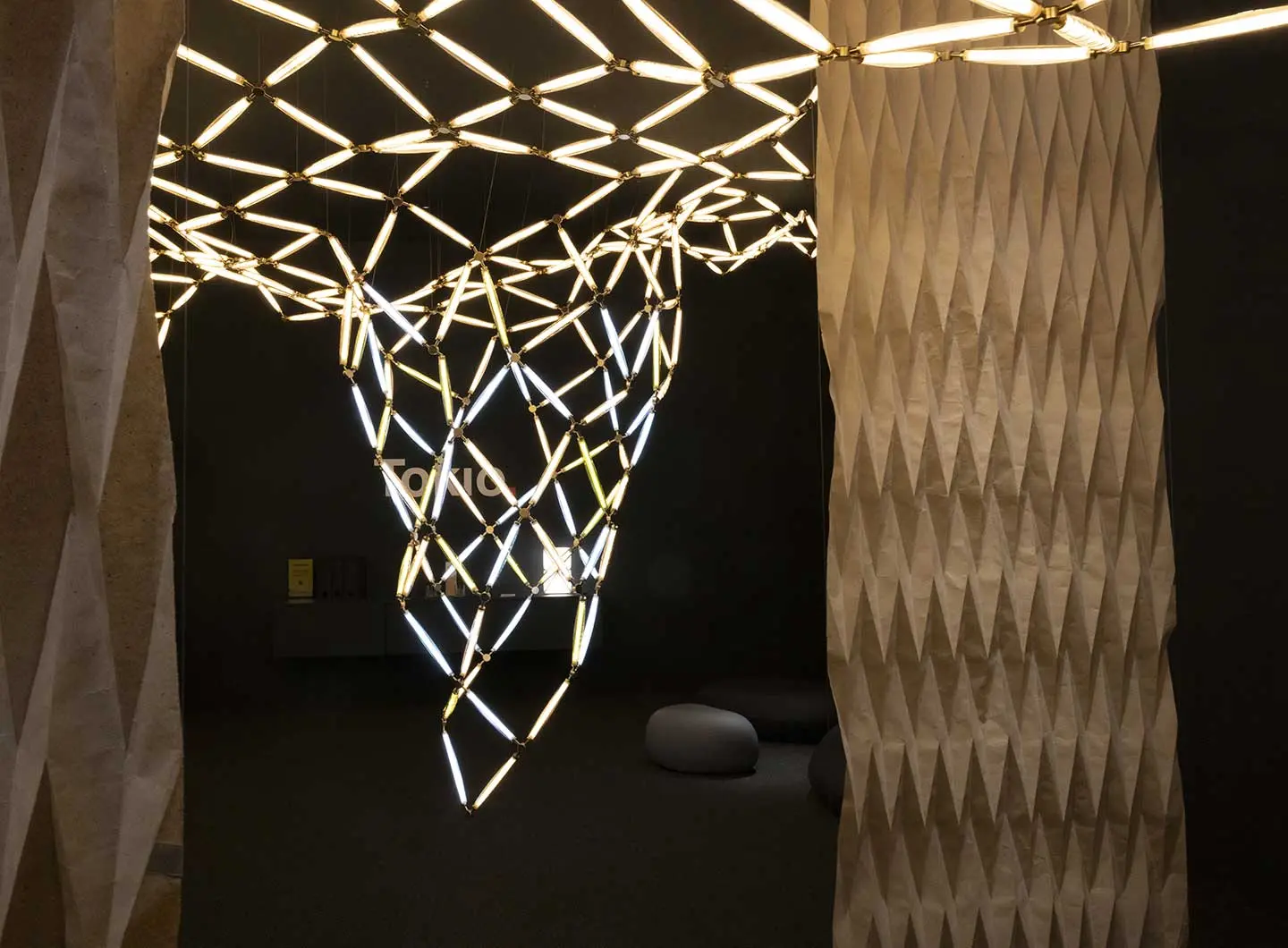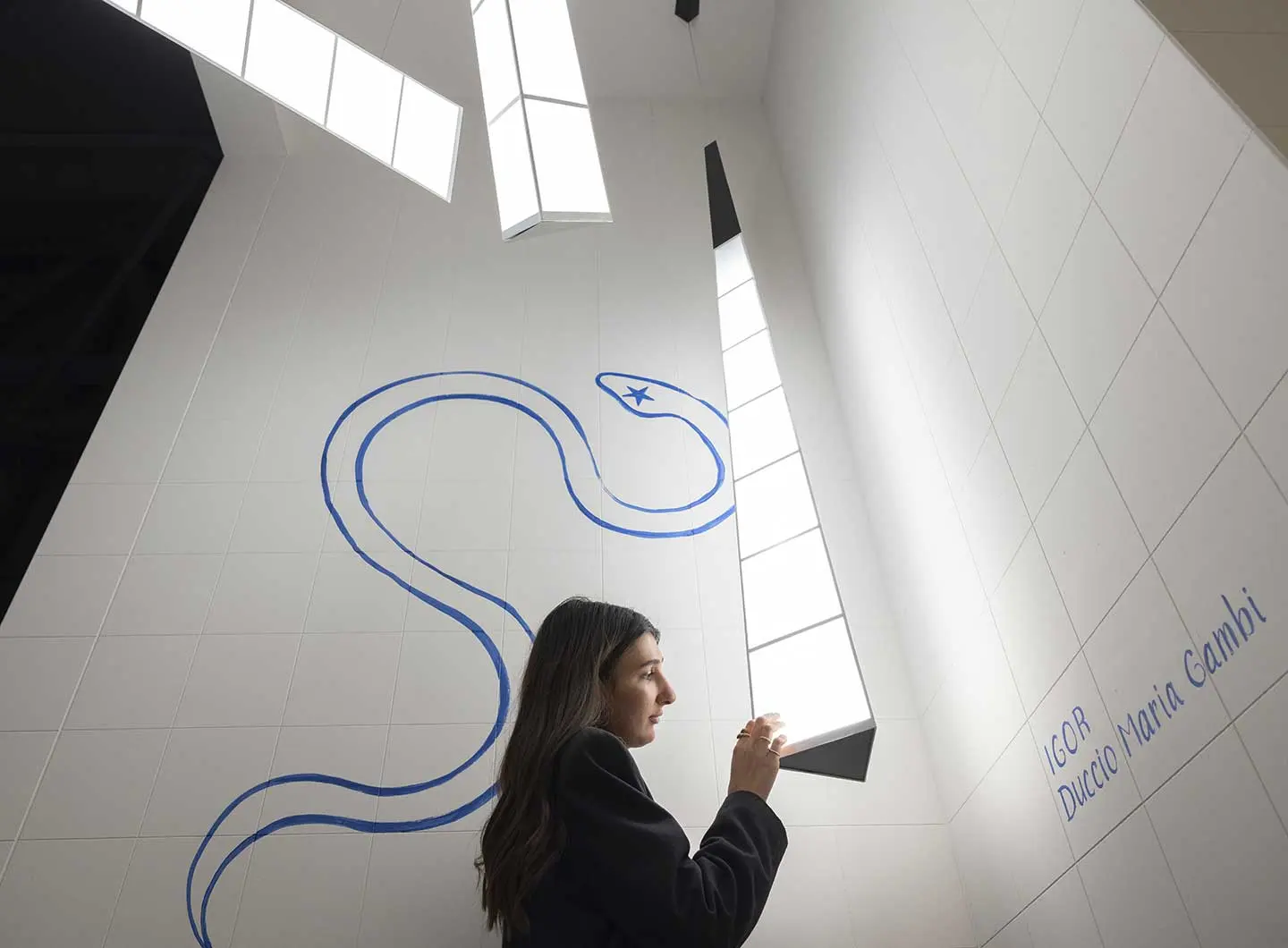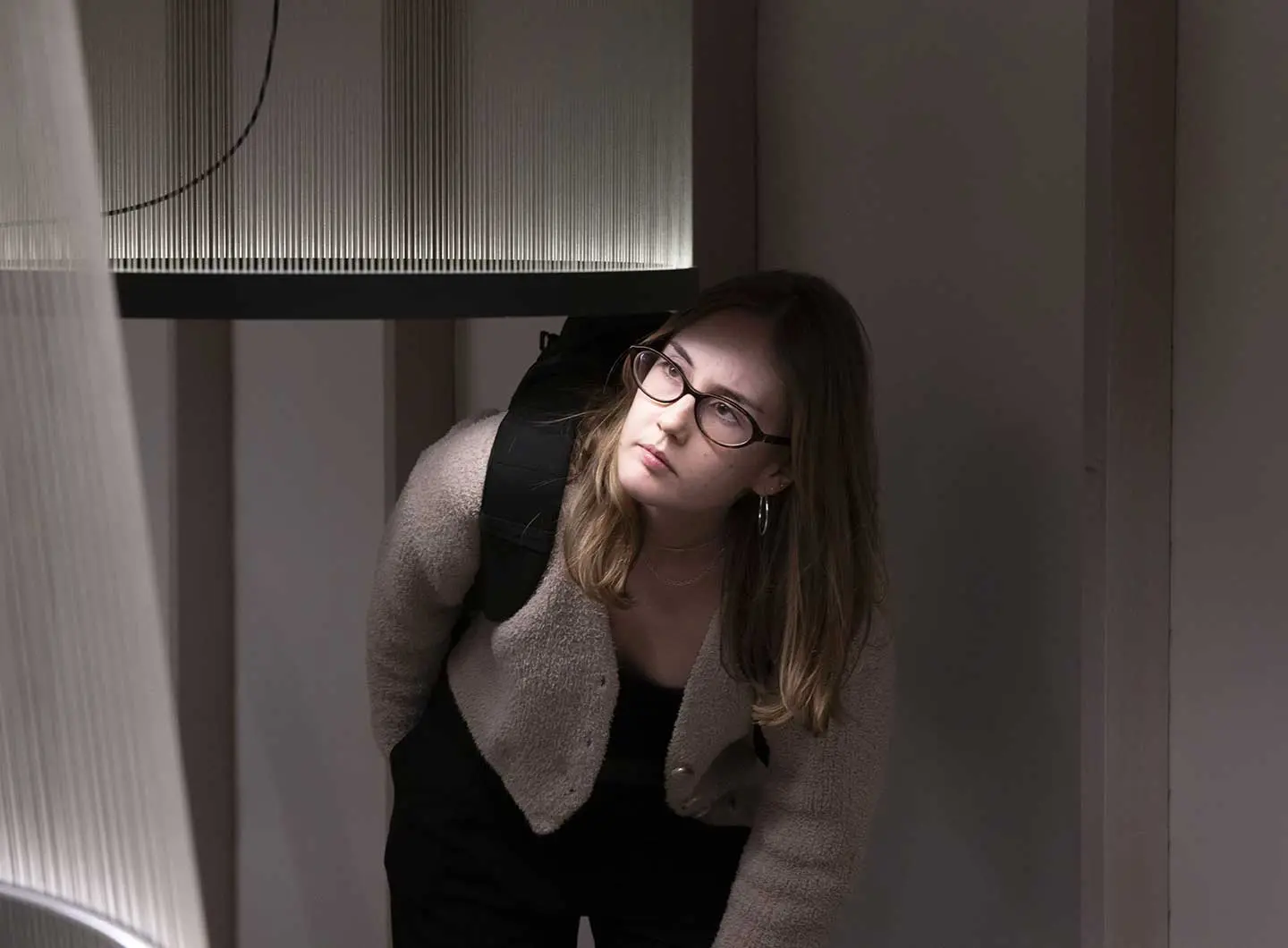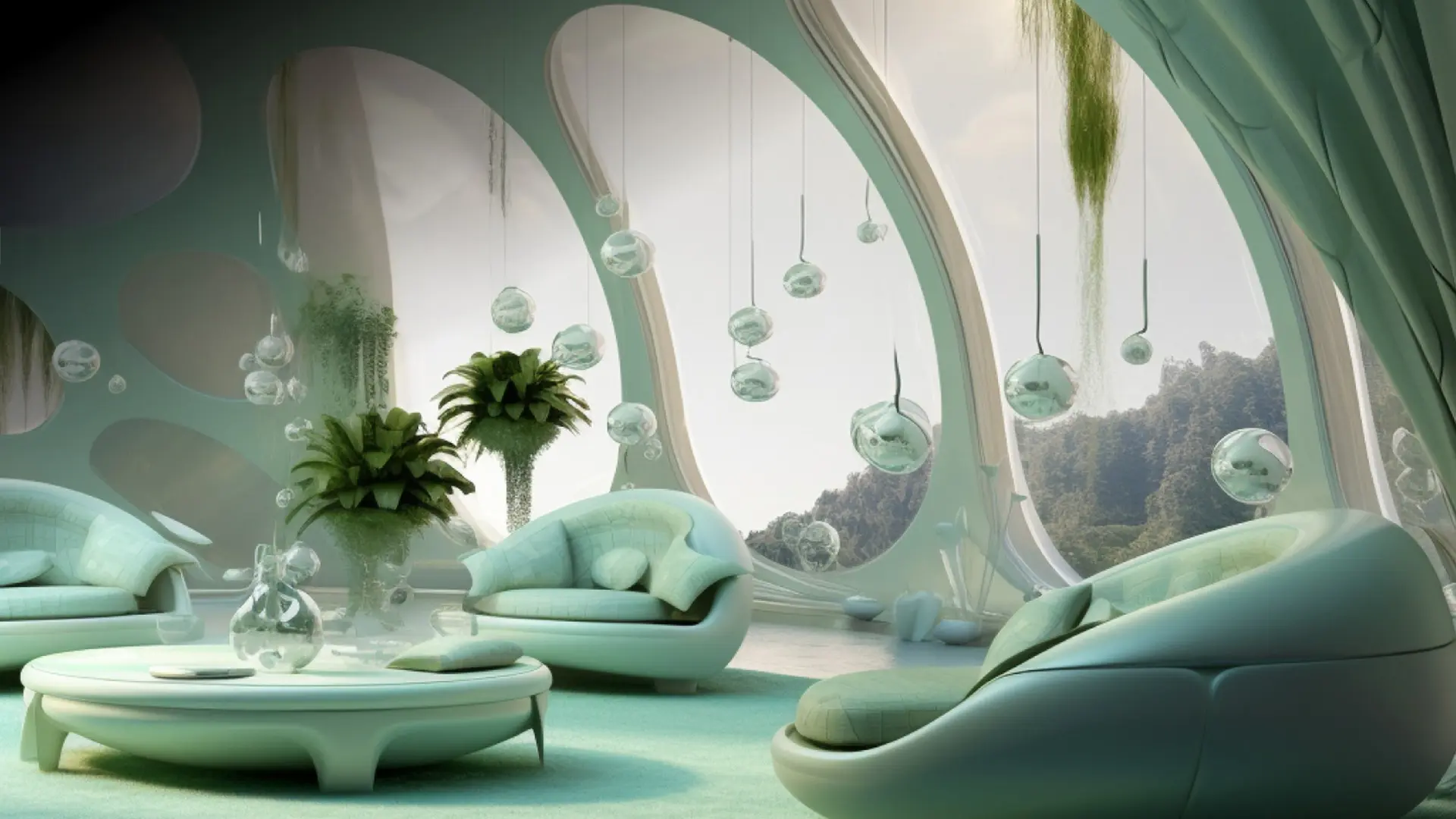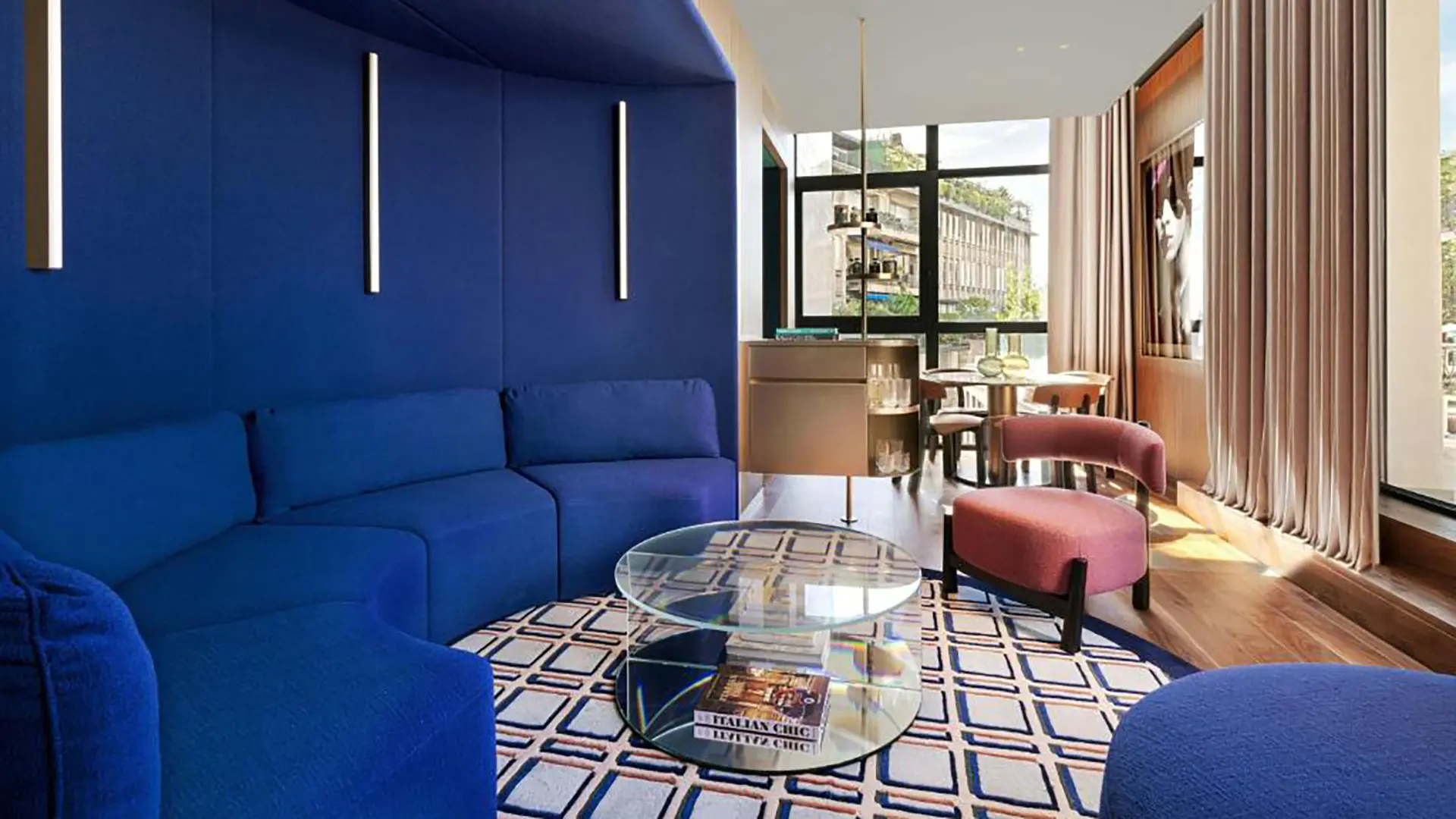From the Tokyo Design Awards, to the NY Product Design Awards & Architectural Design Awards, Best in Design, the NEB Trophy Design Competition, the Good Design Awards® and the Africa International Design Awards (AIDA), all the international news not to be missed in 2026
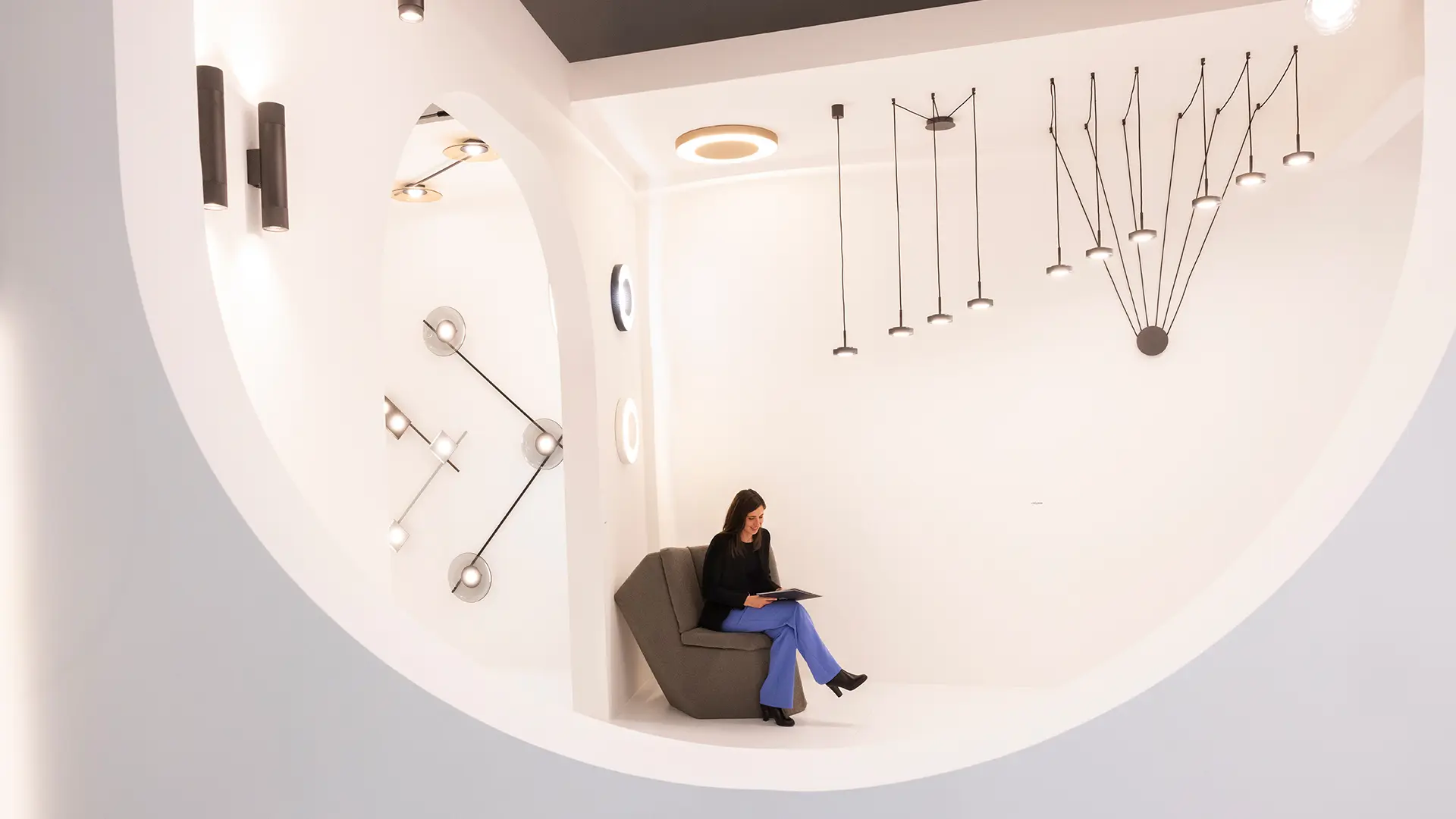
Vivida International - Ph. Diego Ravier
Clever, versatile, modern: the pendant lamps presented at the fair in April challenge common perception by concealing the light source, focusing on the combination of reassuring forms and innovative materials or even by deploying modularity and extreme customization.
We have seen them suspended from the ceiling like sculptures that attract all eyes, hooked to rails as part of contract-inspired systems that are increasingly common even in the home, or in complex and scenic modular compositions such as art installations. From the many offerings at the 2025 edition of Euroluce, we have selected twelve pendant lamps that interpret the latest trends in different ways, from a grand return to craftsmanship, together with technological innovation, to the use of sustainable materials. Without neglecting the poetic touch, capable of surprising and moving the viewer.
The elementary form of the lamp fitted with a bulb was the starting point for Ingo Maurer in many creative adventures, starting with Bulb, a project from 1966. The brand founded by the German designer, who passed away in 2019, continues along the path he traced and retains his distinctively ironic attitude. The new Shhh! lamp plays at puzzling the viewer by stirring things up. The bulb, which at first glance seems to be the light source, actually has the function of diffusing the light while the headphones conceal two spotlights.
Light is not where we are used to seeking it again in the G-Line pendant lamps from Creative Cables, the young Turin-based company (founded in 2013) famous for its textile cables of all colors. The Ghost cone-shaped bulb is both a diffuser and seems to be suspended in a void. The trick is surprising in its simplicity: the glass, transparent or smoked, amplifies the light emitted by a ring of LEDs to create a striking effect.
Luminora Light, the chandelier designed by Cristina Celestino for Moooi, likewise uses a little sleight of hand. It explicitly alludes to the tradition of Murano glass and its characteristic spirals, but the glass itself is absent, replaced by arched LED tubes that recreate the image of two concentric circles wedged into each other. The distinctive facets of the tubes capture the light and reflect it in intriguing ways.
The main challenge in the conception of Stellaris, was to conceal the mechanical part and the light sources inside a polished shell-sculpture in thermoplastic polymer that looks just like glass. With this lamp the American company Lucifer Lighting took part for the first time at Euroluce. The result of three years of work with the Gensler architecture practice, a global giant, the lamp mingles different inspirations, from Art Deco to Lalique glass.
Big Glow, the pendant lamp designed by the Dutch designers of Studio Truly Truly for the Australian company Rakumba Lighting, has a rounded and reassuring shape. If anything, the innovation lies in the choice of sustainable materials: Australian wool, famous for its softness, is a compostable fiber of animal origin. The light it emits can be directed downwards and shine brightly, like the sun in the land of koalas and kangaroos, or with a softer and more diffused glow.
The name of the new family of lamps, Pòta! from Catellani & Smith, is an exclamation of astonishment common in Bergamo. The lamp itself weds craftsmanship with technology. A delicate handmade brass structure, spherical in the suspension version and reticular in the wall-mounted model, supports the light fixtures, slender rods fitted with LED filaments, and brings them the energy necessary for their functioning. The result is what Enzo Catellani describes as “a subtle design that arises from the function”.
The combination of linear elements is the hallmark of Crystal Links, the new collection from the Czech brand Preciosa, which bases much of its work on the reinterpretation of Bohemian crystal in a contemporary vein. Metal tubes and hand-crafted glass joints (embodying the light source) are combined to create different compositions inspired by the street intersections and right angles ubiquitous in the architecture of the great metropolises.
Uebu, the modular system produced by Tokio to a design by the studio Asobi of the founder Gorazd Malačič, presented at Euroluce in the new chandelier version, plays on the combination and repetition of elongated light fixtures connected to each other by brass connecting joints, an arrangement that enables many different configurations to be designed in space. The final effect is that of a glowing sculpture with a variable geometry, but always notable for great fluidity.
Also inspired by Japan, and in particular by the iconic design of Isamu Noguchi's Akari lamps, in their turn influenced by traditional rice paper lanterns, is Tekiò Mayor, the bold version of Tekiò designed by Anthony Dickens for Santa & Cole. Like its younger brother, this new creation by the British designer brings an ancient tradition of craftsmanship into the present by adding features such as the ability to adjust the brightness of light and its temperature. “Tekiò” significantly means “adaptation” in Japanese.
“I had my first input when I saw a crane soaring above the horizon, standing out in the distance against the backdrop of the sea in Puglia. I then found myself by formal association investigating the world of helicopters and their history, where the same need for sturdiness and lightness defines the aesthetic result,” explains Duccio Maria Gambi, reconstructing the creative path that led him to design the Igor lamp for Tooy. Minimalist in its lines but at the same time sophisticated, it can stand alone or be combined with a flock of its peers.
Minimalist and versatile, the Bottone suspension lamp from Vivida International to a design by Andrea Barra is part of a larger family of lamps that includes wall-mounted and ceiling lights. It has an aluminum body with a soft-touch finish, pleasing to the hand, and is available in a range of colors that can be combined with each other. They range from the classic white, black and sand to metal tones such as bronze and titanium, and the more sparkling petrol blue and magenta.
The ability to match any kind of architectural project is the principal feature of Bind, the hybrid lighting solution proposed by Vibia, capable of creating different atmospheres in a single setting. It is a customizable system designed by Martín Azúa, consisting of a suspended track from which a variety of pendant luminaires can be attached using the practical clip-on connectors.
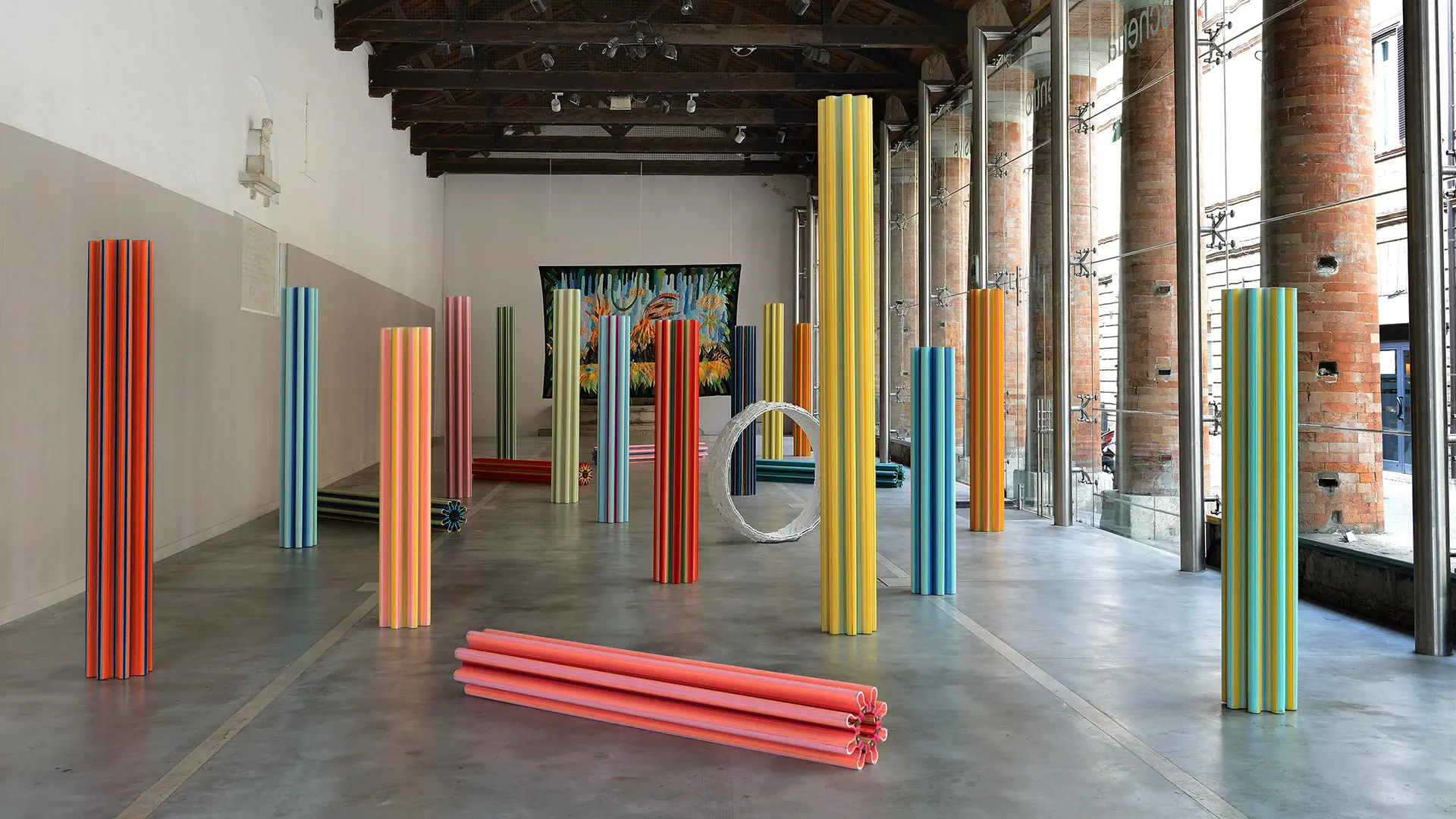
10 design exhibitions to see before the year’s end
They are all Italian and all in some way draw on the theme of memory. This is true even when they deal with current sporting events associated with the imminent inauguration of the Winter Olympics. There are ten of them and for the most part they are held in the most reserved cultural circuits, outside the mainstream. It’s even better when they’re out of town, bringing historic residences to life with gleams and flashes of good design



 Exhibitions
Exhibitions
